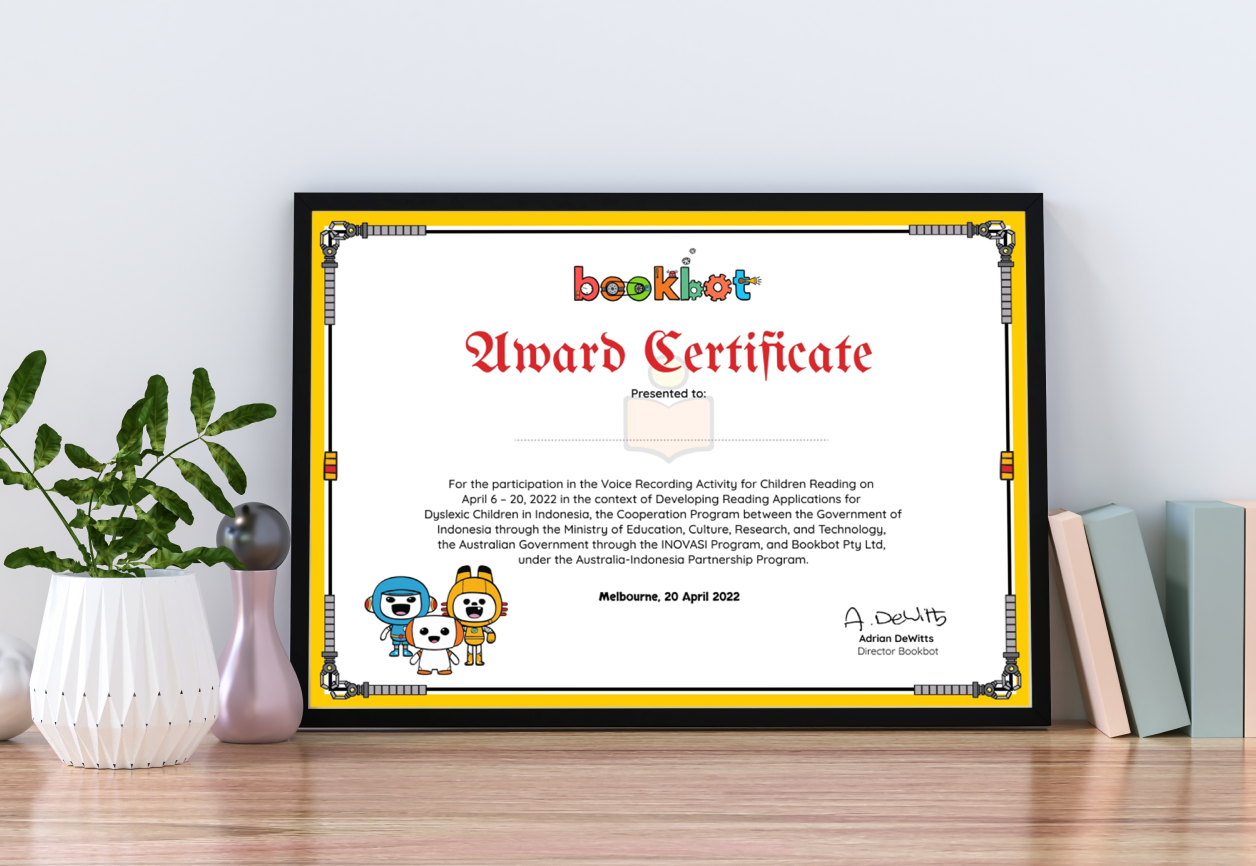

Extrinsic Vs Intrinsic Motivation
Firstly, let me start by defining those terms;
Intrinsic Motivation is the students own interest in the task itself, with no expectation of a reward.
Extrinsic Motivation refers to the student receiving an external bonus for completing a task. It might be a reward, or the avoidance of negative outcomes.
In an ideal world, educators strive to foster growth in students so that they enjoy a task so much that they are then driven by intrinsic motivation.
But sometimes, factors beyond our control, like learning differences, educational casualties (the school lockdowns recently are a good example) and student learning difficulties (ADHD and Dyslexia are common), students find learning difficult, which of course adversely affects their enjoyment.

When it comes to basic skills that are essential for further learning, specifically learning to read, we cannot let students fall though the cracks because they are not enjoying the process.
That's when external motivations are needed and appropriate in the short term. Ideally, students should then be informed of their progress, which can, in turn, improve intrinsic motivation levels.
I particularly like this quote,
Not every activity is enjoyable for everyone, and not everyone can be passionate about the same thing. Therefore, in the absence of intrinsic motivation, we rely on extrinsic motivation to get the job done.
Pamela Li, MS, MBA, Parenting For Brain
Examples of External Motivation
* verbal praise
* concrete rewards (such as stickers or certificates)
* setting and achieving goals (which are not directly related to the enjoyment task, for example, a goal to read 10 books in a month)
* avoidance of parental/ educator disapproval, or punishment (if I don't do my homework, I will get in trouble)
* levelling up (the reward is not to enjoy the level, but to get to the next one)

Bookbot recognises that students coming to read with intrinsic motivations is an important goal, which is why high interest subjects, like minecraft are incorporated in the titles.
But we also realise that students experiencing a struggle with reading need some extra external motivations.
Within the app, rewards, such as a puff of confetti give instant positive feedback on a correct response. Digital stickers are awarded for different achievements (such as reading a non fiction title) and improvements in reading (measured through the app) are praised verbally.
Bookbot also co-ordinates reading challenges for students. Participation is rewarded with a certificate, encouraging a continued effort in reading.
Developments are also underway which will positively reinforce reading time and persistence automatically through use of the app.
Wouldn't it be great if everyone loved to read, or at least enjoyed the process of learning to?
References
Arnold, J. (2000). Affect in Language Learning. Cambridge: Cambridge University Press.
Pamela Li, MS, MBA, Parenting for Brain
